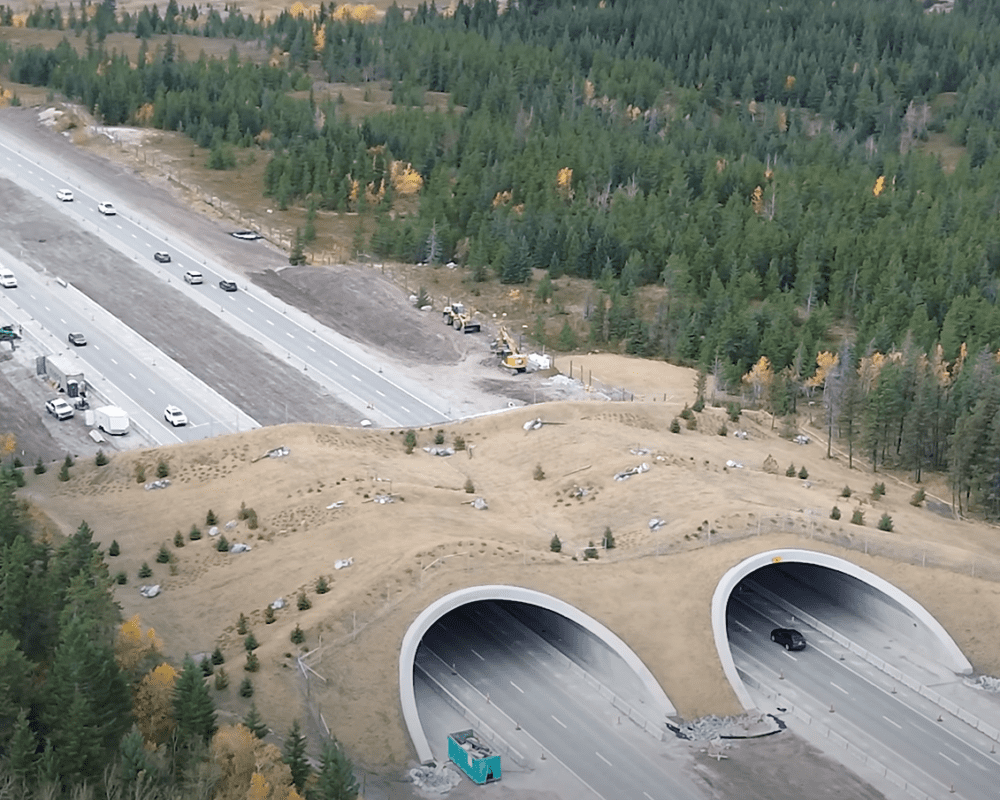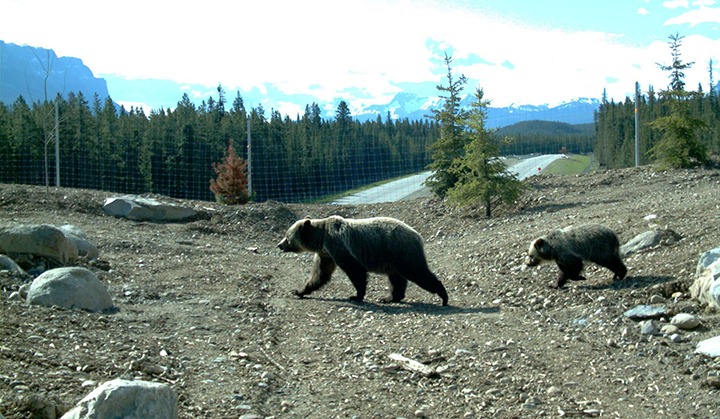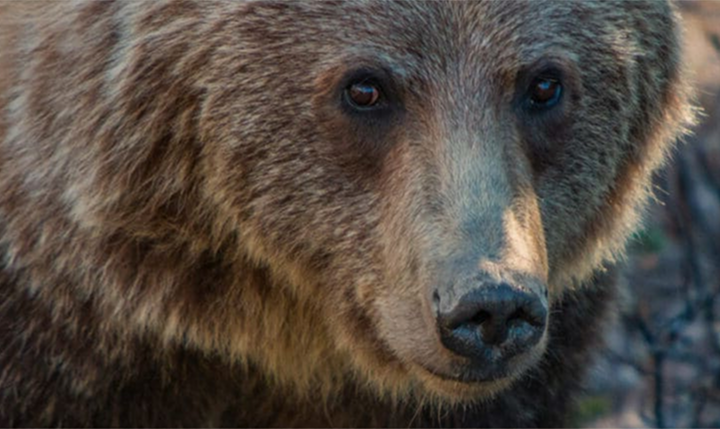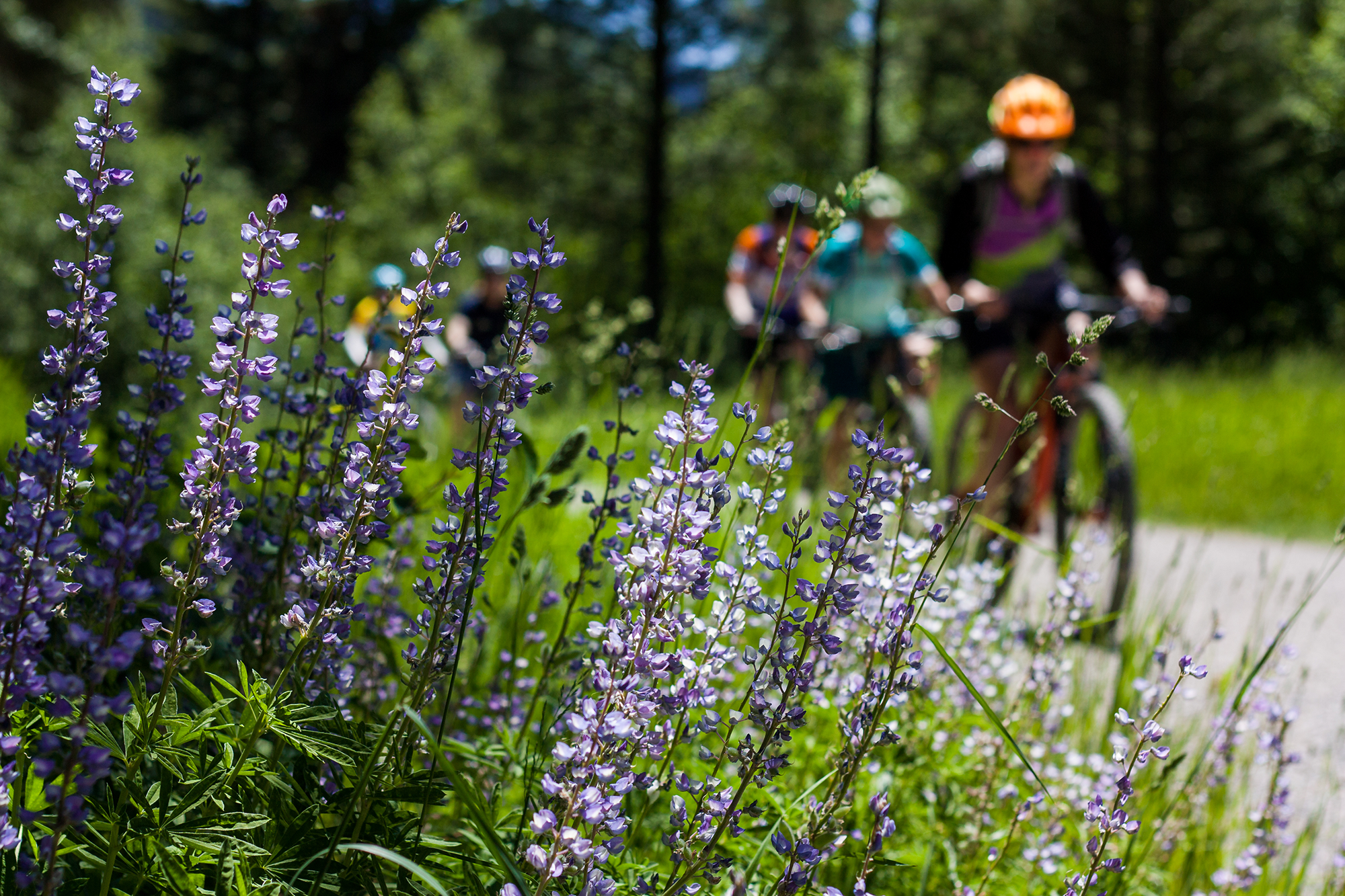Alberta’s first overpass outside a national park is now open
Yellowstone to Yukon Conservation Initiative (Y2Y) celebrates the official completion of Alberta’s first wildlife overpass outside Banff National Park, achieved in part due to the participation and leadership of Ĩyãħé Nakoda (Stoney Nakoda) Nations of Bearspaw, Chiniki, and Goodstoney.
The Alberta Government has named the crossing the Honourable Peter Lougheed Wildlife Overpass, after former premier Peter Lougheed, known for his role in conservation efforts. This wildlife overpass and fencing, located near some of the Ĩyãħé Nakoda reserves, provides a vital link across Highway 1 for wildlife and represents Alberta’s commitment to a future where people and nature can thrive.
The $17.5 million project broke ground in April 2022 and features a unique design that complements the iconic backdrop of the Canadian Rockies.
Twelve kilometres (7 miles) of wildlife fencing guide animals such as deer, elk, cougars, black bears and grizzly bears to the 60-metre-wide (197-foot-wide) crossing, while 22 “jumpouts” spaced along the fencing allow an exit point in case any animals end up on the highway side of the fence. Wildlife cameras are set up to monitor use and have captured images of animals using the crossing before its official completion.
“This is a really exciting moment for so many people who have been involved in this project for over a decade. The new overpass is a huge step forward in reducing wildlife-vehicle collisions, connecting natural landscapes, and improving the ability for wildlife to find food, mates, water and safety,” says Tim Johnson, landscape connectivity specialist with Y2Y.
“This crossing will help elk, deer, bears and other animals across the Trans-Canada Highway in a way that is safe for them and the tens of thousands of people driving this highway every day.”
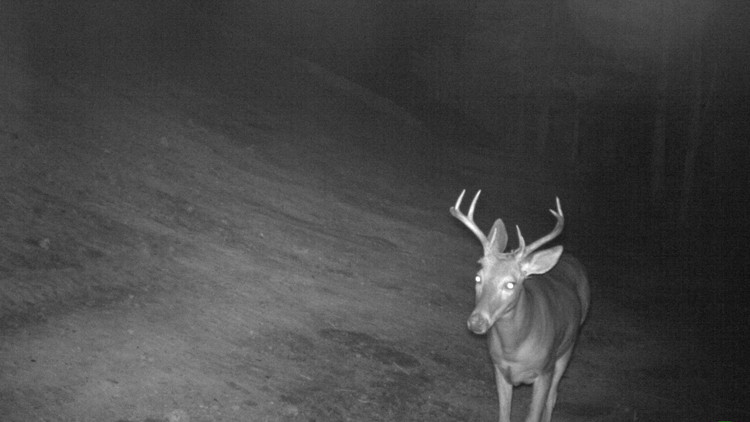

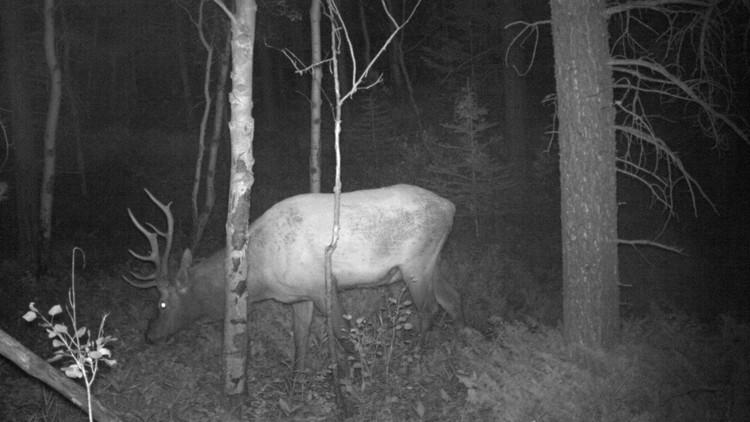
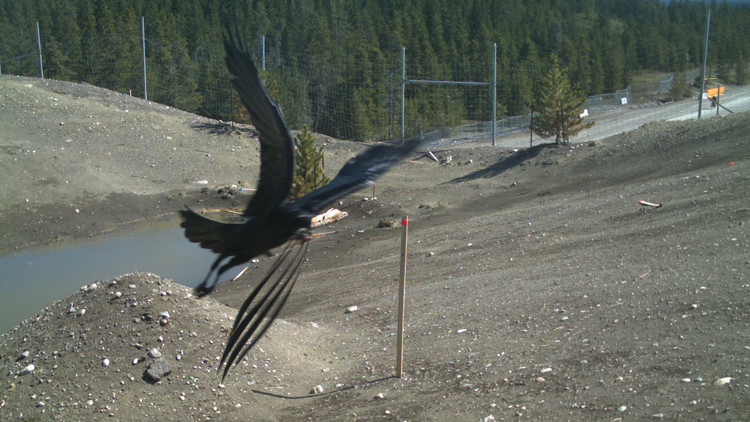
Wildlife underpasses and overpasses paired with fencing are a proven and cost-effective solution to protect motorists from dangerous and costly collisions with wildlife. They reduce wildlife vehicle collisions on average by 83% and also serve a key ecological purpose in allowing animals to stay connected to a larger population of their species.
This helps animals find food and mates and helps maintain their genetic diversity and resilience to environmental changes over time. Highways threaten this connectivity because many animals get hit when attempting to cross, or they may avoid crossing the road at all.
“This overpass is a major milestone in advancing wildlife crossings in one of the most important landscapes for wildlife movement in the entire Yellowstone to Yukon region,” adds Dr. Jodi Hilty, Y2Y president and chief scientist.
“We applaud the Alberta Government’s leadership in hugely advancing these projects, as they’ve created a conservation success story that benefits both wildlife and people.”
In June 2024, Alberta’s Ministry of Transportation and Economic Corridors announced a suite of planned wildlife overpass, underpass and fencing projects for Highways 1 and 1A between Calgary and Canmore and on Highway 3 in the Crowsnest Pass.
Y2Y congratulates the government for committing to this proactive work that keeps people and wildlife safe.

